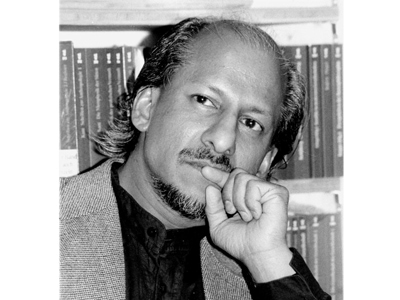A new article format was launched in January 2014. This series, called “One on One,” consists of 500-word analyses of specific works that lend themselves to in-depth study. One review will be published every month.
“One on One” is a form of testing area. We believe that the field of contemporary jewelry will benefit from developing its own analytical tools—as different from, say, the tools used to analyze design, art, or customary craft—and we want to use the series to test how specific pieces of jewelry can be looked at, decoded, and interpreted.
By choosing a wide variety of works, we mean to put up a form of resistance to the idea that the field is one, by articulating how very different the criteria for success are between a Walker piece and a Fritsch piece.
Finally, we simply wanted to apply a bit of critical thinking to objects that are arguably the field’s raison d’être but actually are seldom discussed in detail. This necessitates a change in scale from reviews and articles and lines of arguments that are both more specific and more precise.
We are happy to publish our second installment, by philosopher Pravu Mazumdar: we hope you’ll like it.
– the editor

Questions like this constitute an important dimension in Eunmi Chun’s work. One of her brooches, made in 2009, plays with the anthropomorphous allusions of mandrake roots, identified by medieval European mystics and alchemists as the masculine or feminine human form imbued with demonic or healing powers. The upper half of the brooch consists of drawings of the dual male/female form of a mandrake root, worked upon silver, depicting a bearded male head in the foreground and a nude female body at the background, together creating the impression of an androgynous body. The dual plant grows out of a shell-like body so that the brooch seems to fasten a frozen image of life flowing through animal, human, and floral forms onto the chest of a respiring human body, which, as if in the way of a chance connection, is also the classical zone for fastening brooches.
Eunmi Chun’s works thus reveal jewelry as much more than a mere extension of the life of a bejeweled body. Besides and beyond that, her objects and images seem to reduplicate life’s inherent dynamism by presenting diagrams charting the movement of life as it surges across the borders of mutually incompatible biological genera. Almost as a side effect, such an approach detaches the idea of life from the kind of anthropomorphism rampant in contemporary jewelry art—with its manifold reflections on “wearing jewelry”—to reveal life instead as what it is: an incessant flow of biological energy in which the wearer of jewelry is no more than a mere circuit element.




